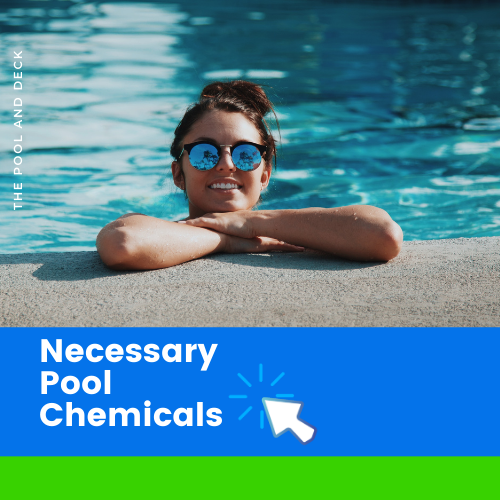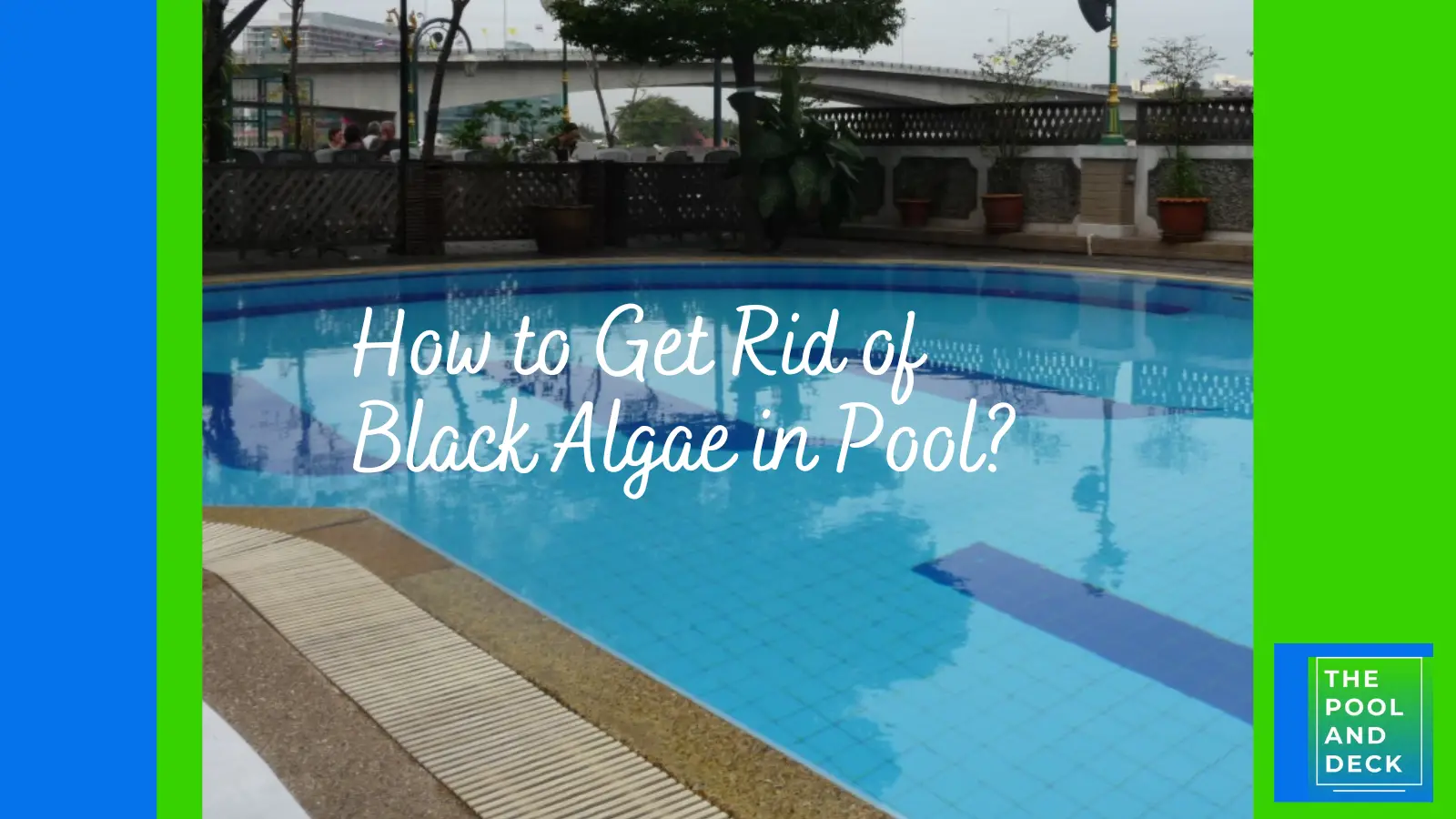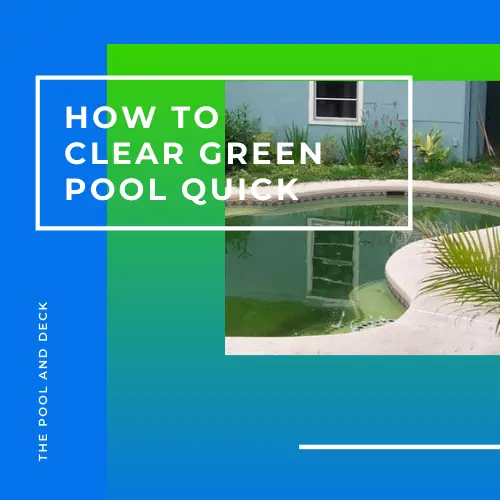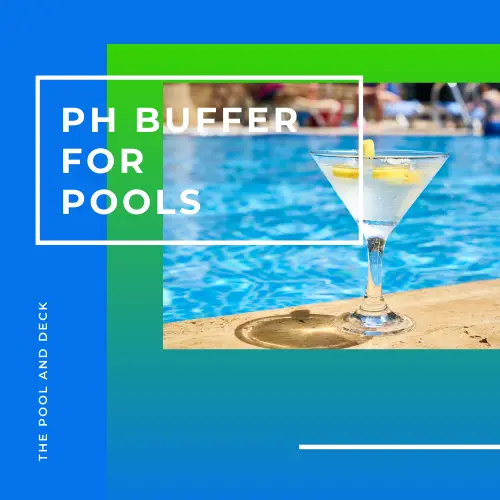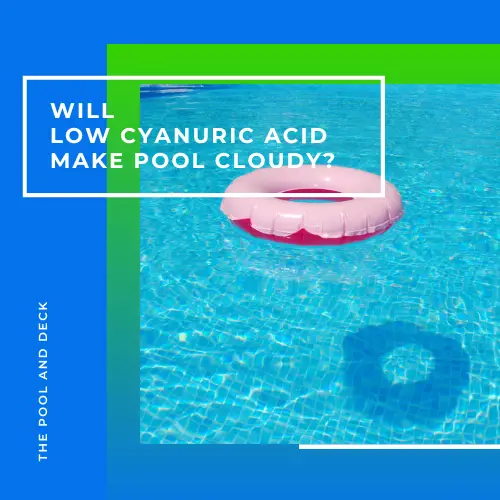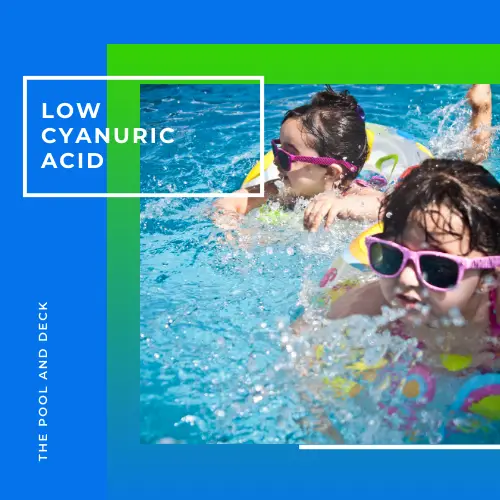Cyanuric Acid High in Pool: What is the Best Solution?
Table of Contents
What Happens If Cyanuric Acid Is Too High in Your Pool?
Whenever you have cyanuric acid high in pool, the ability of chlorine to neutralize the pathogens reduces. The result is an unsanitary & unsafe swimming environment.
You will be at risk of contracting waterborne illnesses. Your pool may become cloudy or even turn green due to excessive algae growth.
Cyanuric Acid (CYA) also known as pool stabilizer is essential to protect chlorine from getting depleted by the effect of UV rays from the sun. CYA level should be 30 – 50 ppm. Low cyanuric acid level (lower than 30 ppm) will encourage pathogen growth in your pool, as chlorine levels will drop. But What happens if cyanuric acid is too high in your pool?
Reduction in Effectiveness of Chlorine
The role of cyanuric acid is to form a protective shield around chlorine to prevent its rapid depletion by UV rays. However, when cyanuric acid is too high in your pool, the protective shield becomes so strong that it prevents chlorine from doing its job of killing the harmful microorganisms.
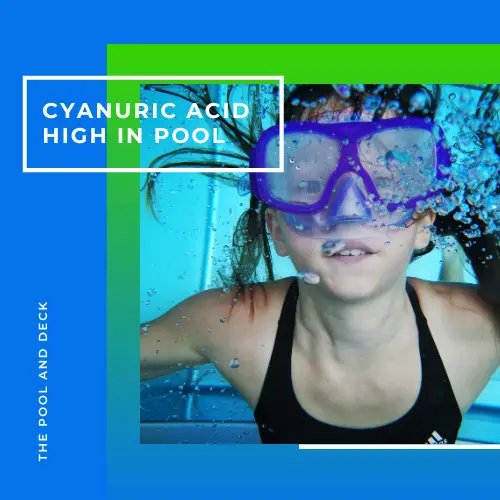
Skin & Eye Irritation
Cyanuric acid is basically a mild acid. It is safe for human skin at low levels of concentration (below 70 ppm). However, when cyanuric acid is high in your pool (above 70 ppm) it can cause skin and eye irritation. Swimming experience becomes less enjoyable.
Waterborne Illnesses
The greater health risk of high levels of cyanuric acid in your pool comes from the increased population of harmful bacteria and viruses in your pool.
Swimmers have an increased risk of exposure to potentially dangerous waterborne pathogens, such as, E. coli, Salmonella, Campylobacter, Legionella, Pseudomonas and Norovirus.
For more information please check out Swimming-related Illnesses by CDC.
Algae Growth
When cyanuric acid is too high in your pool the possibility of an “algae bloom” increases, particularly after a rainstorm. Algae can grow out of control, literally overnight, turning your pool completely green.
Of course you can no longer swim in your pool. Not only does it look disgusting, it is outright dangerous as the visibility in the water will be low.
Always adhere to the advice of not swimming in a pool where the bottom can not be seen.
If you are unfortunate enough to end up with an algae bloom, you will have to spend several days and tons of expensive pool chemicals to clean up the green algae mess!
Plaster & Equipment Damage
There is a relationship between cyanuric acid level and pH & alkalinity levels of a pool, When the cyanuric acid is high in the pool, the pH of the pool water tends to be low.
In other words the pool water is more acidic then it should be. Now if your pool has a plaster finish the water acidity will eat into it and damage it.
Low pH or high acidity will also corrode the pool equipment such as pumps and filters faster.
thepoolanddeck.com is a participant in the Amazon Services LLC Associates Program, an affiliate advertising program designed to provide a means for sites to earn advertising fees by advertising and linking to Amazon.com . The website is also an affiliate of a few other brands. The affiliate links never increase your purchase price. We do appreciate your support. Thank you very much!
Click on the image below to reach the page with all the Necessary Pool Chemicals.
What Raises Cyanuric Acid in a Pool?
While the concentration of most pool chemicals goes down with time due to consumption or evaporation, the concentration of cyanuric acid in your pool just keeps going up. Cyanuric acid does not get consumed and does not evaporate. It just stays in your pool.
Now, Trichlor is a very popular pool sanitizer and source of chlorine. It is available in 1” or 3” tablets that can be inserted in floaters or the pool skimmer. The Trichlor tablets keep releasing chlorine into the pool water at a gradual pace.
However, Trichlor is manufactured by the chlorination of Cyanuric Acid (CYA). So Trichlor comes with CYA. This is a good thing as chlorine needs the protection of cyanuric acid to ward off the UV rays.
The problem is chlorine gets spent, fighting and killing the harmful microorganisms, but the cyanuric acid stays. Over time, with more and more Trichlor being added, the cyanuric acid level keeps rising and may become too high.
The issue can get compounded if you use Dichlor for shocking your pool. Dichlor Shock is quite popular as it is convenient to use. It can be sprinkled on the pool surface, added to the skimmer or pre-dissolved in a bucket of pool water and poured into the pool.
However, Dichlor Granular has a very high percentage of Cyanuric Acid. Great if you have a low cyanuric acid level in your pool. Not so great if you have the right amount!
NOTE: Calcium Hypochlorite has a very high concentration of Available Chlorine and no cyanuric acid, making it a good choice as Pool Shock.
How Do I Lower Cyanuric Acid in My Pool?
To be honest, it is not easy to lower cyanuric acid levels in your pool, but it can be done. You can use one of the following techniques:
- Dilute the Pool Water
- Use a Cyanuric Acid Reducer
- Use Specialized Filters
Dilute the Pool Water
This is a very popular method and it surely works.
NOTE: Ensure that you never drain your pool too much at a time. A pool with low water level runs the risk of “popping” due to hydrostatic pressure.
Here is a step by step process of how to do it:
Test Pool Water
Use a test strip or liquid pool water chemistry tester to find out the exact CYA level in your pool. Your target should be to bring this down to 30 ppm
Estimate Water Replacement
You can calculate the volume of water that you will need to drain and replace with fresh water by using the formula.
Actual CYA (ppm) = A
Target CYA (ppm) = T
% of Pool Water to be replaced to bring A to T = P
Then P = (A-T)/A
Note: This is not an exact science but a good working estimate.
Determine Safe Drainage
As a rule of thumb, do not drain more than 10% of pool water at a time, unless you are simultaneously replenishing it with fresh water.
It is best to recheck the cyanuric levels after draining 10 – 20% of the required pool water replacement. Use the above formula and recalculate “P”.
NOTE: Make sure that the fresh water that you add to the pool is as free of chemicals as possible. You do not want to be adding copper or iron to your pool while reducing cyanuric acid.
Use a Cyanuric Acid Reducer
Sometimes it is not possible to drain and replace pool water due to water shortage or municipal restrictions. In that case, you can use a cyanuric acid reducer to bring down the high CYA level in your pool.
Choose either Bio-Active BA-CAR-08 Non Polluting 100-Percent Cyanuric Acid Reducer Powder or Natural Chemistry NC07431 Natural Chem CYA Removal Kit. Both are very effective.
Here are some tips for using a cyanuric acid reducer in your pool.
- Do not add algaecides, clarifiers or phosphate treatments to your pool during the week prior to adding the cyanuric acid reducer.
- Choose a warm day. Test the pool chemistry to ensure chlorine, pH and alkalinity are within norms.
- Add the cyanuric acid reducer powder to half a bucket of water and stir till it dissolves completely.
- Pour the solution into the pool all around the edges. Run the filter on “circulate” setting.
- Recheck cyanuric acid level after a week and repeat the process if levels are still high.
Use Specialized Filters
Using specialized filters is also an option, but it is not a very popular one as it works out to be very expensive.
Specialized filters use the reverse osmosis technology to filter out the excess cyanuric acid.
For more information check out my Pool Chemistry for Beginners: With 5 Super Helpful Cheat Sheets!
Thank you very much for reading the post. I do hope you found it informative and helpful.

